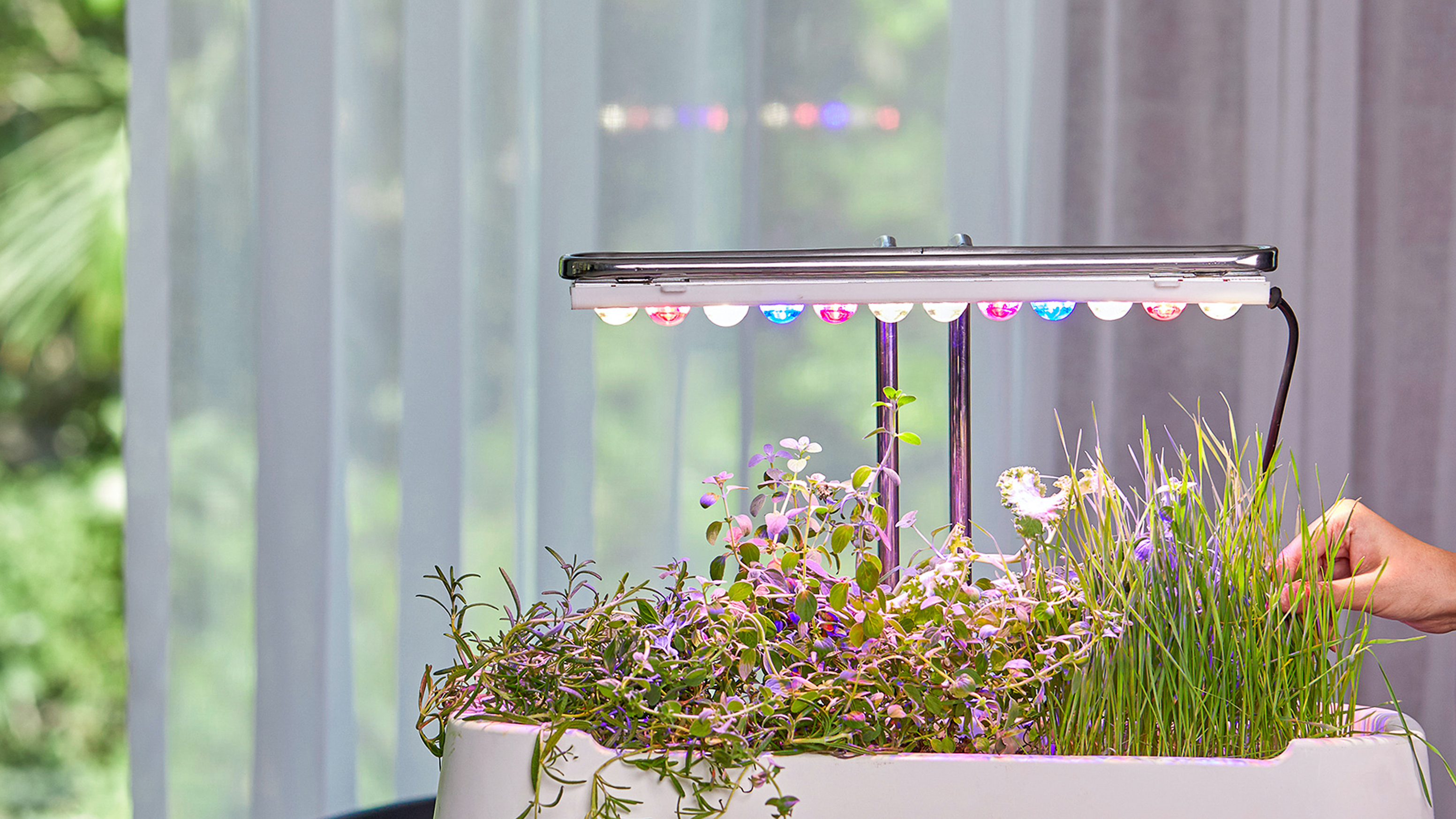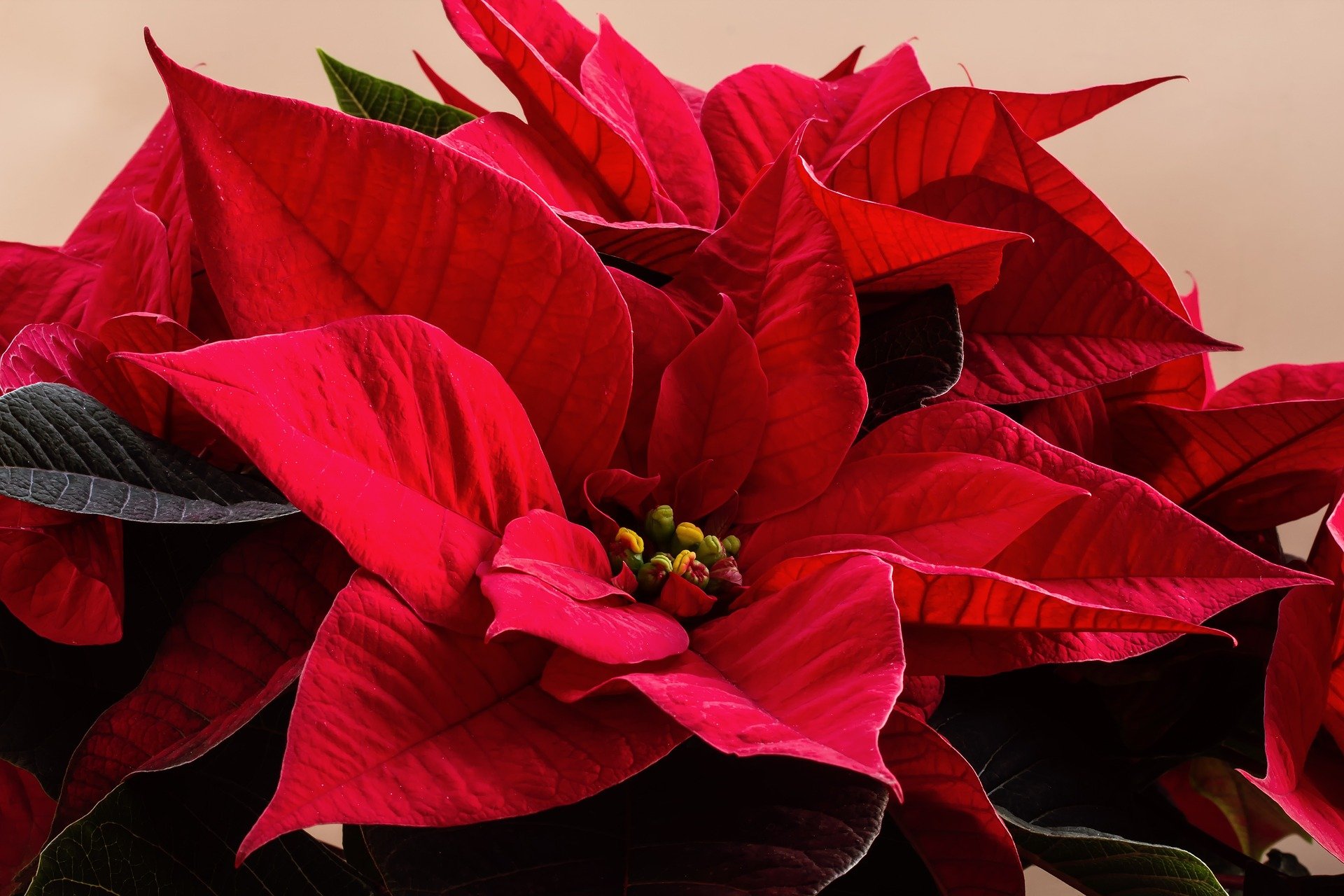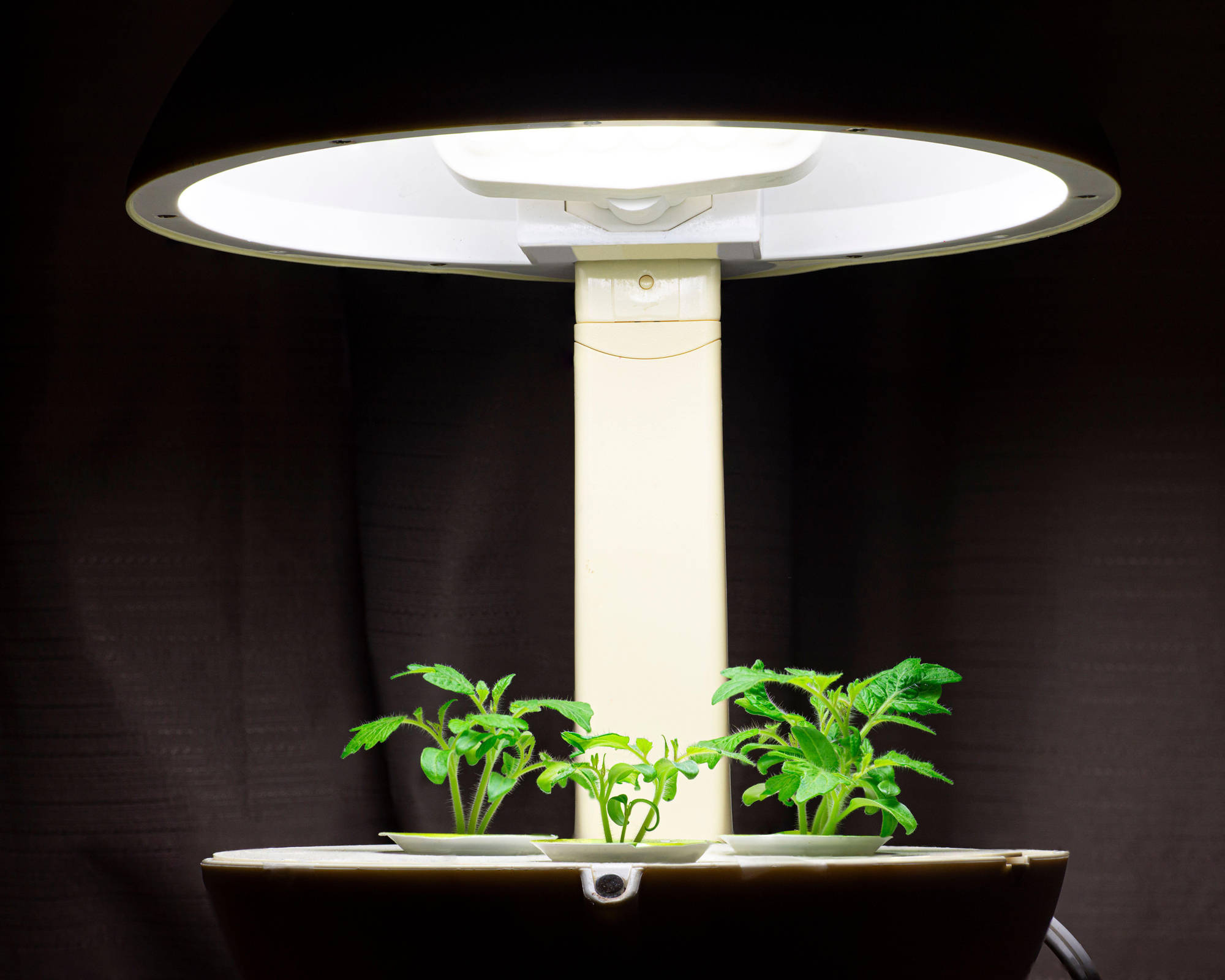Experimenting with grow lights but plants aren't thriving? You're making one of these top mistakes
Joe Lamp'l points out the most common mistakes when using grow lights to help your plants indoors

Grow lights have revolutionized indoor gardening. Powerful LED grow lights or grow lamps allow you to grow even the most sun-loving of the best indoor plants in a room that under normal conditions wouldn't provide them with enough light to thrive. They seem easy to use, too, so how can it be that your plants are still not thriving, even though you've spent good money on a quality grow light?
Joe Lamp'l had a conversation with Leslie Halleck, author of the book Gardening Under Lights, about the science of growing plants under grow lights. He then offered his thoughts on his blog, backed up by his own experience with grow lights, on why grow lights might not be working for you. Here are the top three reasons why they're not working for you.
1. You haven't checked your plant's light requirements

Is your plant a 'short day' or a 'neutral day' plant? Joe explains that these terms refer to how sensitive different plants are to the amount of light they receive. 'Neutral day' plants don't mind having a bit of variation, but 'short day' plants are very sensitive and require very specific dosages of light alternated with periods of total darkness. Poinsettia is the most well-known example of such a plant and it will not give you its characteristic red bracts if you don't give it specific periods of darkness.
Joe's recommendation? On Leslie's advice, he says to stick to 'neutral day' plants, at least at first. They won't mind a bit of extra light from grow lights. However, he does also explain that the length of time a plant is exposed to daylight will affect only flowering, not growth. 'When it comes to plant growth, it’s not the number of hours of light your plant receives – it’s the volume of light.' Which leads us to the next mistake.
2. Your light isn't powerful enough

What is meant by 'powerful' is the volume of light the lamp puts out, not its perceived brightness, which is a mistake many indoors gardeners make. Joe describes his own experience: 'Like many, I used to grow seedlings under 40 watt shop lights. I switched because, the low wattage fluorescent bulbs are inefficient – meaning they convert less energy into light and more into heat than more efficient bulbs.'
While it is technically possible to use ordinary fluorescent bulbs to help your plants grow, it won't be very convenient, or efficient. 'Since [the fluorescent bulbs] weren’t putting out a lot of volume of light, I had to keep the bulbs very close to the seedlings, so they would be exposed to as much of the light output as possible,' explains Joe. 'My seedlings grew well, but the bulbs were so close to the seedlings, they were always in my way.'
And if the bulbs aren't close enough, then there won't be any effect whatsoever, and your plants will die from lack of light.
If it's specifically vegetables you're after, find out more about growing vegetables in pots in our guide.
3. You're frying your plant by putting it too close to the light

This is another very common mistake indoor gardeners make when they switch to a powerful grow light, not realizing just how much more powerful it is. They place the light as close as possible to their plants – and the plants get scorched.
'I switched to a 300 watt full-spectrum LED and let me tell you, that was a big adjustment for me,' says Joe. 'Initially, I put the 300 watt LED bulbs much too close to the seedlings. An excessively high volume of light can cause a sunburn effect. I was watching for this and caught the problem early, increasing the distance between the bulb and the seedlings several times before I finally found the sweet spot.'
If your plant leaves are turning brown on the outside, this is almost certainly the result of the powerful light burning them, so simply move the light a little further away.
If you're growing herbs specifically, find out how to create a herb garden, whether it's indoors or outdoors.
Anna writes about interior design and gardening. Her work has appeared in Homes & Gardens, Livingetc, and many other publications. She is an experienced outdoor and indoor gardener and has a passion for growing roses and Japanese maples in her outside space.
